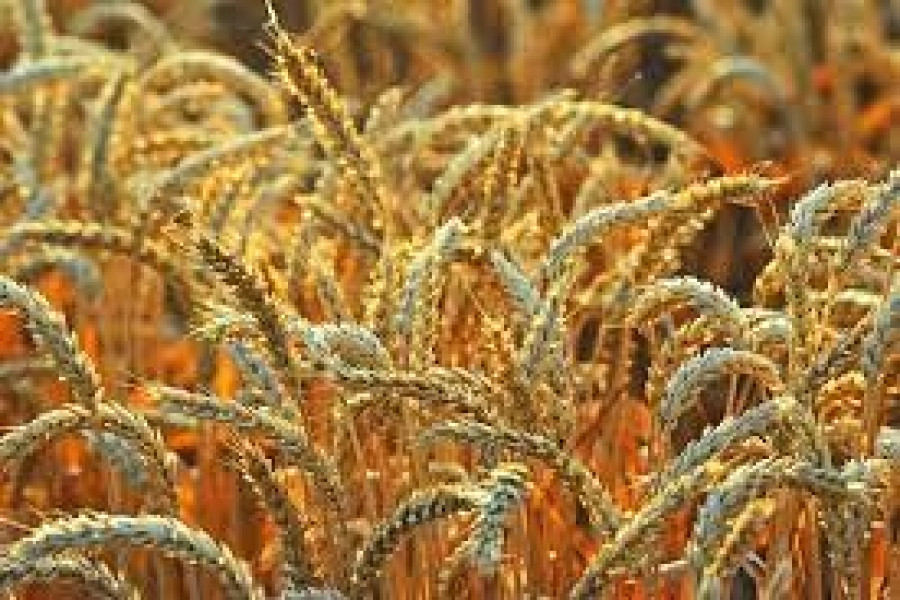The city of Anau is the administrative center of the Ahal province, located 8 km east of our capital, Ashgabat. Archaeological evidence indicates that the city of Anau dates back to the Eneolithic period. Our ancestors in ancient times practiced agriculture and livestock breeding in the Anau region, cultivating several varieties of wheat and barley—the main grain crops. This suggests that the Anau region was a place where agriculture flourished even in ancient times. The fact that our ancestors knew how to select and cultivate white wheat seeds and distribute them among the peoples of the world speaks to their industriousness. However, at the dawn of human life, people relied solely on food and the enjoyment of the fruits of nature and wild plants. The dry and cold climate left a profound mark on people's lives. Unfavorable natural conditions in one place and favorable ones in another forced people to migrate from one place to another. The sparse population and vast fields created favorable conditions for such a way of life. Only with the advent of agriculture did humans begin to influence nature. People developed new lands, built irrigation structures, loosened the soil, cut down forest trees, and planted crops in their place. While people previously gathered and ate wild grains sown by nature, over time, as human consciousness evolved, they began to plant and harvest their own crops. The presence of sedentary settlements led to an increase in the population. Excavations conducted in recent years in our country have revealed several sedentary settlements engaged in agriculture, such as Dzheitun, Chopandepe, Togalakdepe, Bami, Chagylly, Monjukly, and others. As is known, agricultural culture originates with the Dzheitun culture. The Jeitun culture dates back to the 7th–5th centuries BC and arose in the foothills of the Kopetdag Mountains during the Neolithic era. It persisted until the Bronze Age and is known as the Jeitun culture. Jeitun, or rather its name, is associated with the village of Jeitun, a monument dating back to that period. Jeitun is located 30 km north of Ashgabat. In 1937, archaeologist A. Marushchenko conducted excavations in the village. The excavations uncovered sickles, barley grains, and numerous straws used for mixing mud, proving that the Jeitun people were farmers. Their fields were irrigated by the Karasuv River, which flows south of Jeitun and returns from the Kopetdag Mountains. During the period when the Jeitun people practiced sedentary agriculture and herding, people in many parts of the world gathered wild plants and hunted. The Neolithic era gave way to the Chalcolithic era. This period coincides with the transition from the Jeitun culture to the Anau culture. Anau entered historical literature under the name "Anau culture" thanks to the seminal work of the American scholar Rafael Pampaelli near the city of Anau.




